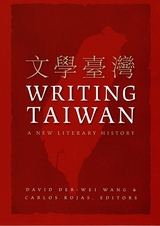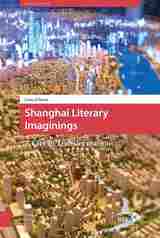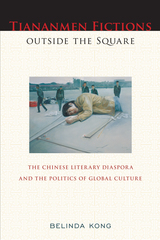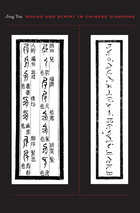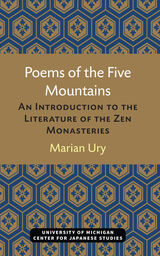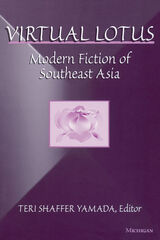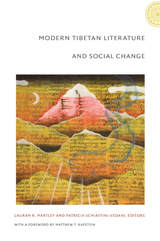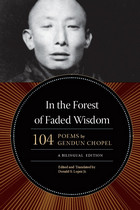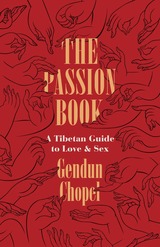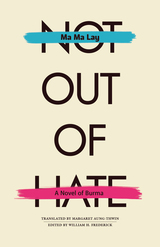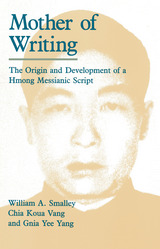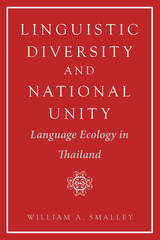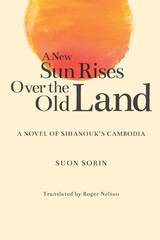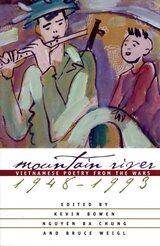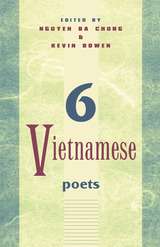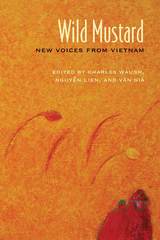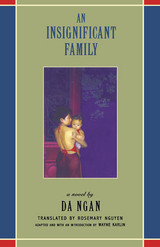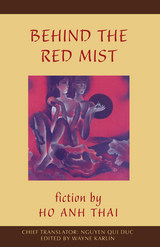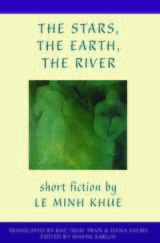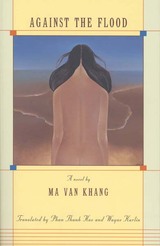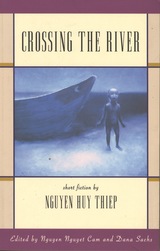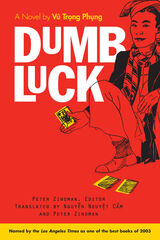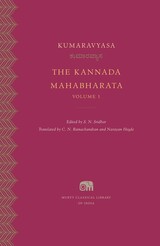The Indigenization of Pali Meters in Thai Poetry: Mis Sea#87
Ohio University Press, 1990
Paper: 978-0-89680-159-2
Library of Congress Classification PL4202.H83 1990
Dewey Decimal Classification 895.91009
Paper: 978-0-89680-159-2
Library of Congress Classification PL4202.H83 1990
Dewey Decimal Classification 895.91009
ABOUT THIS BOOK | REVIEWS
ABOUT THIS BOOK
During the Ayutthaya period in Thailand (1350-1767), a group of meters based upon specific types and arrangements of syllables became a significant part of the Thai literary corpus. Known as chan in Thai literature, these meters, and the stanzas created from them, were adapted and transformed so that they corresponded in structure to other Thai verse forms. Although still used in compositions today, these meters reached their greatest popularity during the mid and late Ayutthaya period and the late nineteenth to early twentieth centuries.
This study of the Thai chan meters contends that Thai linguistic constraints and poetic principles determined the transformation of the Pali meters and stanzas into their Thai counterparts. Disproving the frequent claims that the old chan compositions ignored the sequencing of the particular syllable types required by the meters, the author determines why the meters became popular only during certain eras and just what the aesthetic conditions were that nurtured the use of the meters.
This study of the Thai chan meters contends that Thai linguistic constraints and poetic principles determined the transformation of the Pali meters and stanzas into their Thai counterparts. Disproving the frequent claims that the old chan compositions ignored the sequencing of the particular syllable types required by the meters, the author determines why the meters became popular only during certain eras and just what the aesthetic conditions were that nurtured the use of the meters.
See other books on: Asian | Metrics and rhythmics | Pali poetry | Thai language | Versification
See other titles from Ohio University Press

